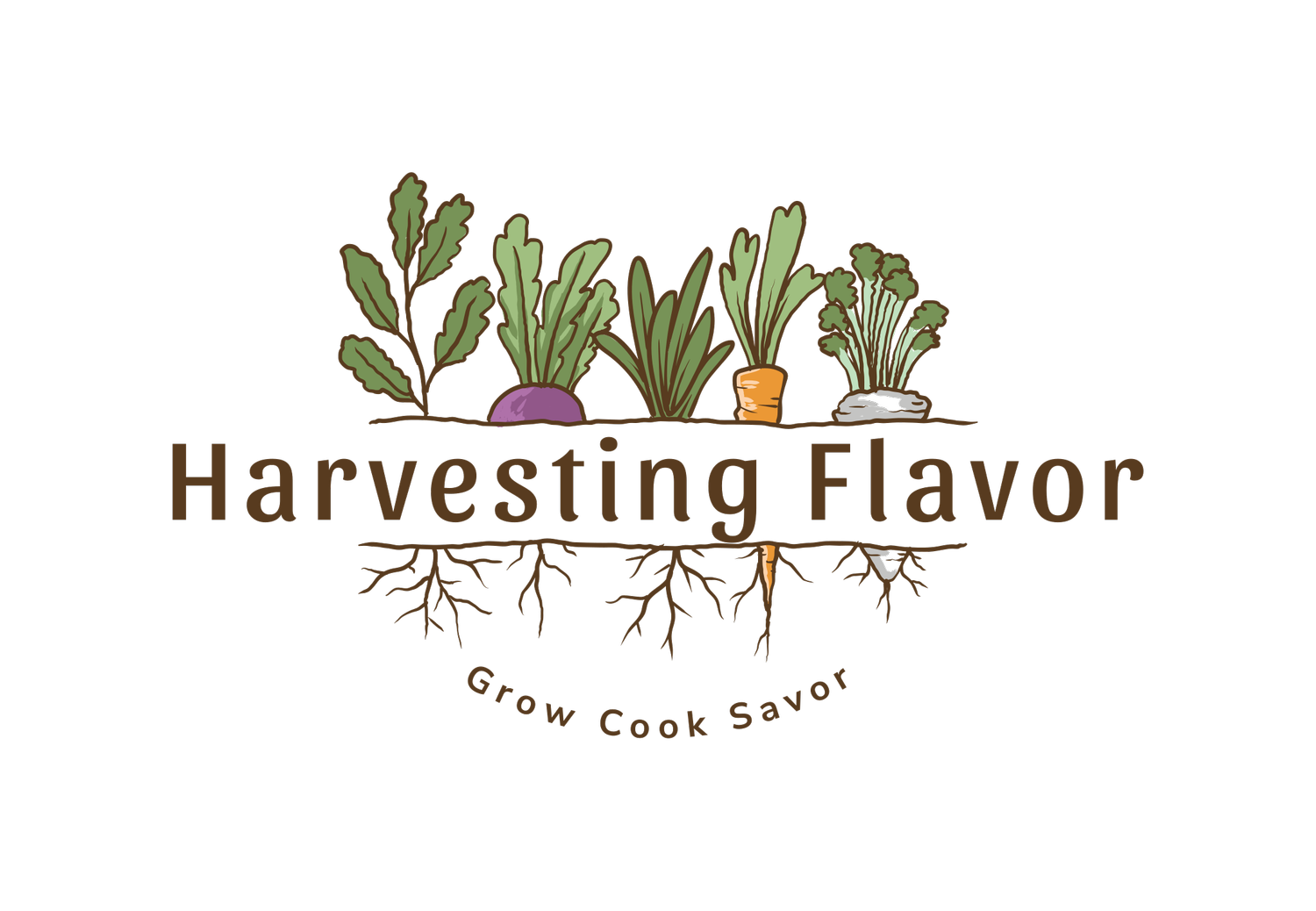Complete Proteins & Food Combining: What You Need to Know
Plant-based bowl with tofu, edamame, corn, lettuce, cucumber.
When it comes to plant-based eating, protein often gets a lot of attention — and for good reason. Not all proteins are created equal, and understanding complete proteins and food combining can help you make sure your body gets all the amino acids it needs.
What Are Complete Proteins?
Proteins are made up of building blocks called amino acids. Our bodies need nine essential amino acids, which we must get from food. A complete protein contains all nine essential amino acids in sufficient amounts.
Animal-based foods (eggs, dairy, meat) are naturally complete proteins.
Most plant-based foods are incomplete proteins, meaning they may be low in one or more essential amino acids.
However, don’t worry — you don’t need to combine proteins at every meal to get what you need. Your body pools amino acids from foods eaten throughout the day, so as long as your overall diet is varied, you’ll get all essential amino acids.
Plant-Based Complete Proteins
Some plant foods are complete proteins on their own:
Quinoa
Soy products (tofu, tempeh, edamame, soy milk)
Buckwheat
Hemp seeds, chia seeds, and pumpkin seeds
Amaranth
Other plants become complete when combined over the course of a day:
Rice + beans
Peanut butter + whole grain bread
Hummus + pita
Remember, these combinations don’t have to occur in the same meal — just make sure your diet is varied and balanced.
Food Combining: Myth vs. Reality
You may have heard that you need to pair proteins carefully at each meal. This is mostly a myth for healthy adults. Your body maintains a pool of amino acids and can use them as needed, so focus on:
Eating a variety of plant-based proteins throughout the day
Including legumes, whole grains, nuts, seeds, and vegetables
Ensuring total protein intake matches your lifestyle needs (see my Protein Basics Post)
Quick Tips for Plant-Based Protein
Include a source of protein in every meal: beans, lentils, tofu, tempeh, or seeds.
Snack on nuts and seeds for extra amino acids.
Rotate grains like quinoa, amaranth, and buckwheat to boost completeness.
Don’t stress about perfect food combinations — variety is key.
Check In With Your Protein Needs
Protein requirements vary depending on activity, age, and goals. If you want help integrating protein into your meals without stress, my coaching services can help you build a personalized plant-based plan.
References
Academy of Nutrition and Dietetics (2021) https://www.eatright.org/health/wellness/vegetarian-and-plant-based/building-a-healthy-vegetarian-diet-myths

